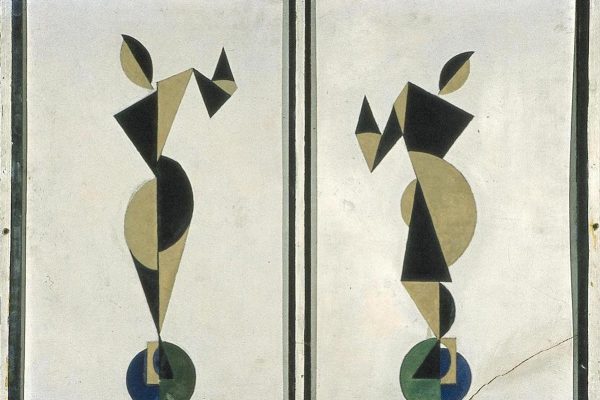1. Crisis is a rusted minivan throwing down spike strips on the highway of teleology. The Anthropocenester is in the passenger seat.
2. Crisis bangs on the table and demands immediate action in the form of risk management or hazard mitigation. The Anthropocenester wipes up the coffee that spilled.
3. The Anthropocenester knows that the management of crisis is preferable to its wholesale elimination because little crises are the purest and most crystalline form of time and, if processed properly, they can be used to hurl us with even greater velocity into the sing-song and fractured jaw of the future.
4. The Anthropocene is a word-siren that sings out the fact of our present crisis, the logic being that the crisis isn’t real until it’s been sung.
5. Singing the crisis is often presented as being an essential first step in the extended slo-mo fall towards catharsis of the world system.
6. Crisis has become such a full-bore loquacious presence in the viscera of the present that how we exist in its perpetual unfolding is all the Anthropocenester talks about at parties.
7. “Crisis is not exceptional to history or consciousness but a process embedded in the ordinary,” writes Lauren Berlant. “Yeah, basically,” says the Anthropocenester.
8. The frequency with which the word crisis is used to characterize the variable light of the votive orb we’ve resorted to calling the present means that it, the word, has long since begun crossing the spectral bridge out of meaning. But whether it made it to the ostensibly other side or slid with preternatural smoothness into whatever’s below, we lack the data to obtain.
9. Putting a golden spike in a given moment to demarcate the cosmologic dab out of a world-historical paradigm has become such a rote gesture that it has itself been absorbed into the background folds of the present. This may be characterized as a second-tier crisis.
10. The Anthropocenester is the subject thrummed into being by the primordial double-bass that makes any last moment feel like the next last moment. Is the problem with this that we won’t know the real last moment when we see it? Or that the foundational violence of this present has, when combined with rising global temperatures, left us with a glaze of permanent numbness, anthropessimism, and hi-fiving cavities of damage?
11. Dwelling or inhabitation are the solutions generally presented for the second-tier crisis: inhabiting the wholly chthonic truth of it, letting it rush through you, your body a sieve, the impurities of Enlightenment-era ideology osmosed out and in their place comes a clear-eyes-full-hearts-can’t-lose understanding of Our Current Moment in all its horror and possibility.
12. But what is the milky affective core of this mode of “inhabiting”? What are we accepting into our body when we fully inhabit this present moment? The air is full of physical impurities—defossilized carbon ghosts—but affective ones as well.
13. Something’s in the air tonight and it’s not just CO2.
14. What happens to the one who breathes this air? Crisis gets into the lungs, makes micro-incisions in a membrane, gets into a groove. This is how the Anthropocenester is formed.
15. Case study: I have this big t-shirt I wear sometimes; it is far too big for me. It says “On April 22nd 1991 … the whole world will come together.” Of course that didn’t end up being what happened, and that’s the joke: the shirt is this early 90s (the date just a few weeks after I was born!) nostalgia trip eddying around a future vision which, like all futures, hasn’t strayed from the past that created it. The shirt is black and depicts a puzzle-piece Earth as it is being at last completed by forces invisible or non-existent. A death mask for a future past.
16. This is an example of the mechanism of ironic distancing at work for the Anthropocenester. The ongoing death-current screaming across the atmosphere, through various complex and feedback-laden systems (climatic, ecological, economic, world-historical, etc.) that could quite shortly reach any number of tipping points, inflicting a level of violence on both humans and non-humans that would dwarf the magnitude of even our current palace of normalcy, and that the label of “crisis” is unable to sing—it becomes occasion for a jaded and fashionable nihilism, an epochal swoon.
17. In our attempts to thought-experiment open a stratigraphic moment, we’re blown into a future already imagined as past. Carving out a (w?)hole for it—the “this goes here, but later” phenomenon—the future dials our cell but it’s an old number, a stranger picks up, they say they got this phone from a sidewalk. The ocean will soon breach the seawall if it hasn’t already.







